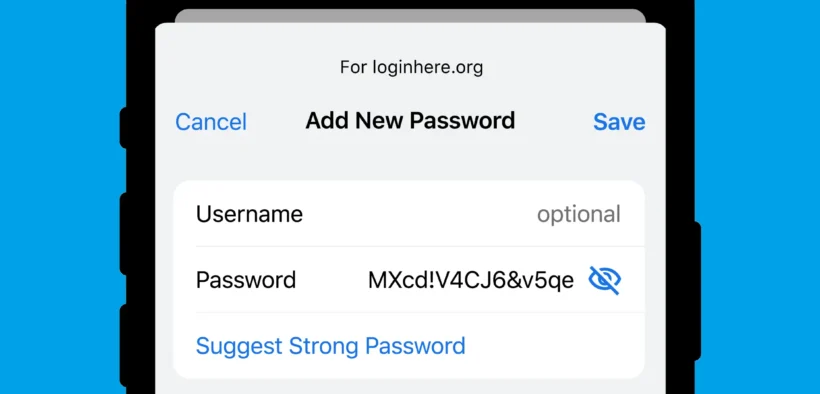How to Protect Your Google Password from Getting Leaked
Share

If you’re like most people, your Google account is much more than just an email address. It’s your gateway to photos, work documents, calendar events, and sometimes even your bank or shopping info.
Because so much of your life is tied to your Google account, keeping your password safe should be a top priority.
Yet, it’s easy to overlook password security until you get one of those dreaded “suspicious login” alerts or worse, lose access to your account. Fortunately, protecting your Google passwords isn’t as hard or technical as it may sound.
Here’s what you can do right now to give yourself peace of mind.
1. Create Strong, Unique Passwords
The foundation of online security starts with your password. Avoid using simple words, your name, birthdate, or predictable combinations. Instead, create passwords that are long, unique, and include a mix of uppercase and lowercase letters, numbers, and special characters.
Example: N!g3r!@2025Goog#Sec
Importantly, never reuse your Google password for any other account. Reusing passwords makes it easier for hackers to access multiple accounts if one is compromised.
2. Enable Two-Factor Authentication (2FA)
Even the strongest password can be vulnerable if it’s leaked. That’s why Google offers 2-Step Verification (2FA).
When you enable 2FA, you’ll be required to provide a second form of verification, like a code sent to your phone or generated by an authenticator app, each time you log in from a new device. This extra step can stop hackers even if they somehow get your password.
To activate 2FA, visit your Google Account Security Settings.
3. Use a Password Manager
Remembering dozens of complex passwords is almost impossible. A password manager, such as Google Password Manager, LastPass, or 1Password, creates and stores strong, unique passwords for each of your accounts.
All you need to remember is one master password. Password managers also warn you if your credentials appear in data breaches.
4. Update Passwords Regularly
Change your Google password immediately if you receive a security alert or suspect any suspicious activity.
It’s also a good habit to update your most important passwords once or twice a year, even if nothing seems wrong.
5. Check for Data Breaches
Google’s Password Checkup tool and similar services can alert you if your saved passwords have been exposed in a public breach.
You can access this tool at passwords.google.com.
If your password is compromised, change it right away.
6. Keep Recovery Information Up to Date
Make sure your recovery phone number and email address are current in your Google account. This allows Google to alert you to suspicious activity and helps you regain access if you’re ever locked out.
7. Beware of Phishing Attacks
Phishing is one of the most common ways hackers steal passwords.
Never enter your Google password on suspicious websites or links sent via email or text.
Always verify the website address, legitimate Google login pages always start with https://accounts.google.com/.
8. Secure Your Devices
If someone can physically access your phone or computer, they might be able to steal your passwords.
Set up screen locks or biometrics (fingerprint, face ID), and keep your devices updated with the latest security patches.
9. Sign Out on Shared Devices
If you use a public or shared computer, always sign out of your Google account when you’re finished. Never select “stay signed in” on devices that aren’t yours.
10. Monitor Your Account Activity
Google allows you to view recent security events and devices that have accessed your account.
Visit your account’s “Security” section and regularly review any unfamiliar activity.
If you spot anything unusual, change your password immediately and remove any unknown devices.


















